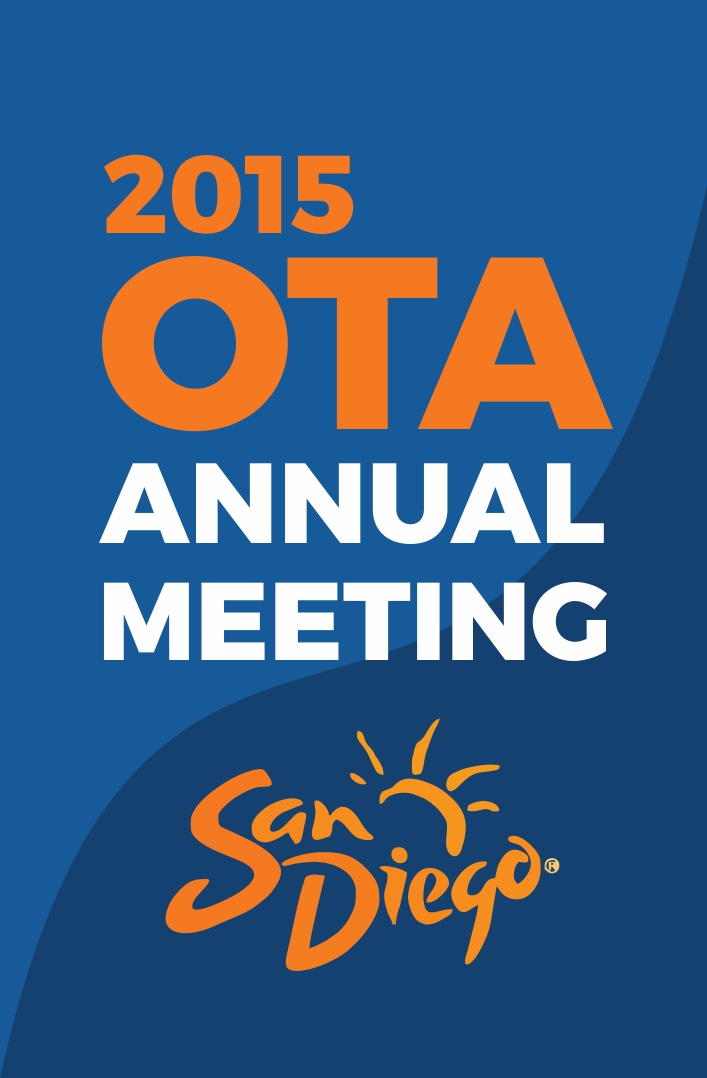
OTA 2015: Comparison of first- & second-generation locking plate for distal femur fracture .
Fixed-Angle Versus Polyaxial Locking Plate Fixation Systems for Periprosthetic and/or Osteoporotic Distal Femoral Fractures
40 patients with distal femoral fractures (osteoporotic or periprosthetic) were randomized to undergo fixation with either a polyaxial locking plate (Polyax; BIOMET) or first-generation locking plate (LISS; DePuy/SYNTHES). The purpose of the study was to compare the union rates and clinical outcomes between the two plate designs. The results indicated comparable union rates and clinical outcomes between the groups. Similar length of hospital stay and surgical outcomes were noted as well.
Unlock the Full ACE Report
You have access to 4 more FREE articles this month.
Click below to unlock and view this ACE Reports
Unlock Now
Critical appraisals of the latest, high-impact randomized controlled trials and systematic reviews in orthopaedics
Access to OrthoEvidence podcast content, including collaborations with the Journal of Bone and Joint Surgery, interviews with internationally recognized surgeons, and roundtable discussions on orthopaedic news and topics
Subscription to The Pulse, a twice-weekly evidence-based newsletter designed to help you make better clinical decisions
Exclusive access to original content articles, including in-house systematic reviews, and articles on health research methods and hot orthopaedic topics































































